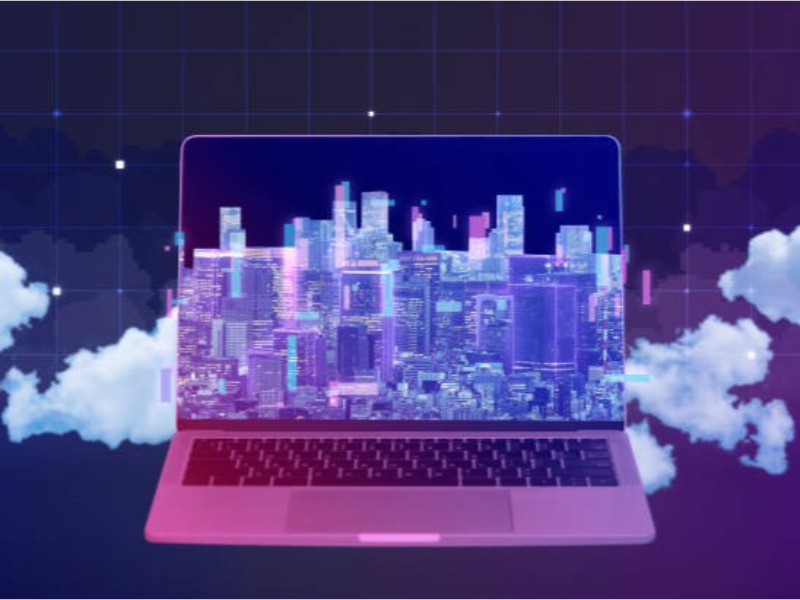- Smart cities use advanced technologies to improve urban living, efficiency, and sustainability.
- Core components include IoT, big data, and AI, enabling smarter infrastructure and services.
The smart city concept is transforming urban environments through the integration of cutting-edge technologies. These innovations aim to create cities that are more efficient, sustainable, and livable. This article explores the foundational aspects of smart cities, the technologies involved, and the benefits they offer.
What is a smart city?
1. Definition: A smart city employs information and communication technologies (ICT) to enhance the efficiency and quality of urban services, such as energy, transportation, and utilities, ultimately reducing resource consumption and costs.
2. Goals: The primary objectives are to improve residents’ quality of life, boost operational efficiency, and ensure environmental sustainability.
3. Core technologies
Internet of Things (IoT): IoT devices collect and exchange data across the city, facilitating real-time monitoring and management of urban systems.
Big data analytics: Analysing large volumes of data to derive insights and support informed decision-making.
Artificial Intelligence (AI): AI algorithms optimise city operations, predict problems, and automate processes for enhanced efficiency.
Also read: Three layers of security required by IoT platforms
Also read: What can IoT platform do?
Key components and benefits of smart cities
1. Smart infrastructure
Smart grids: Digital technology-enhanced electrical grids monitor and manage electricity distribution more effectively.
Intelligent transport systems: Systems that manage traffic flows and reduce congestion through real-time data analysis and adaptive signal controls.
2. Sustainable environment
Energy efficiency: Technologies like smart meters and renewable energy sources help reduce energy consumption and carbon footprints.
Waste management: IoT sensors and data analytics optimise waste collection routes and recycling processes, minimising environmental impact.
3. Improved public services
Smart healthcare: Telemedicine, remote monitoring, and health data analytics enhance healthcare accessibility and quality.
Education: Digital classrooms, online learning platforms, and smart libraries expand educational opportunities and resources.
4. Enhanced safety and security
Surveillance systems: Advanced cameras and AI analytics monitor and help reduce crime rates.
Disaster management: Predictive analytics and real-time data are used to prepare for and respond effectively to natural disasters.
5. Citizen engagement
E-government services: Online platforms streamline interactions between citizens and government, making services more accessible.
Community platforms: Social media and other digital tools improve communication and collaboration within communities.

